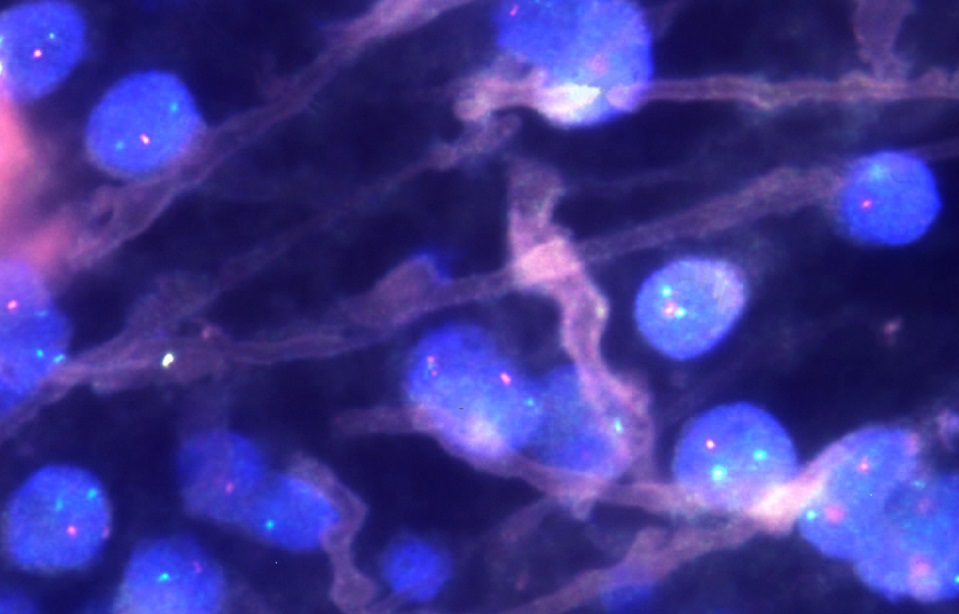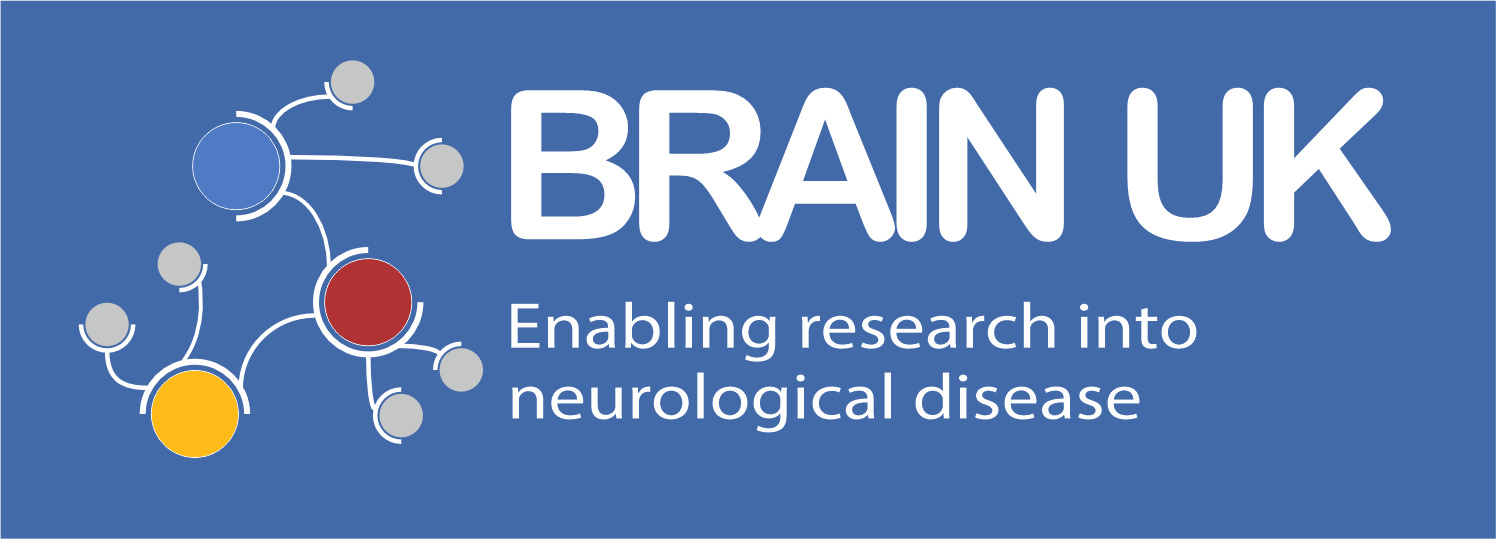
Brain UK study ref: 22/016,
Lay summary,
Project status: Active
Elucidating the Tumour Microenvironment of Primary Central Nervous System Lymphoma
Dr Colm Keane and Dr Zachary Hawula, University of Queensland, Australia
Primary central nervous system (CNS) lymphoma (PCNSL) is a rare form of lymphoma that occurs in the brain. PCNSL leads to significantly lower patient outcome as compared with lymphoma that develops outside of the brain (so called systemic lymphoma) which is far more common. Despite the recent advances in cancer treatment, options for PCNSL continue to lag those for systemic lymphoma, where therapy results in ~65% of patients achieving long term survival. Patients with PCNSL have only a 30% chance of long-term survival when fit for intensive therapy. At the time of diagnosis only 50% of patients are deemed appropriate for intensive therapy. This poor outcome is due in part to the poor ability of standard chemotherapies to get into the brain. In addition, another key therapy is whole brain radiation therapy which presents significant risks of early onset dementia in cured patients. Relapse after a patients first treatment is unfortunately the commonest outcome for patients with PCNSL. Once a patient with PCNSL relapses, the 2-year chance of being alive is <10%. Thus, there is a pressing need to understand the disease so that more targeted and less toxic therapies can be given to the right patient at the right time.
Due to its location with the CNS, procurement of tissue specimens is very challenging, and, in many cases, only small samples from the brain can be obtained that makes analysis difficult. In addition, these brain lymphomas are mostly excluded from the excellent brain tumour banks established in many countries thus hampering scientific progress in the condition. Despite this challenge, previous genetic studies have found significant difference between the genetic makeup of systemic lymphoma cases and PCNSL, indicating that this brain lymphoma is unique and could be amenable to more targeted therapy. We have early data to suggest that specific cells in the brain may help to protect the brain lymphoma from our own immune system and that targeting of these cells could lead to improved outcomes for patients. We want to gather the largest collection of good quality tumour specimens from patients with this brain lymphoma in order to utilise new technologies to better understand the tumour cell in this devastating disease. We are sure that our new approaches will lead a better understanding of this rare disease and hopefully new treatments for patients that currently have very limited options.
